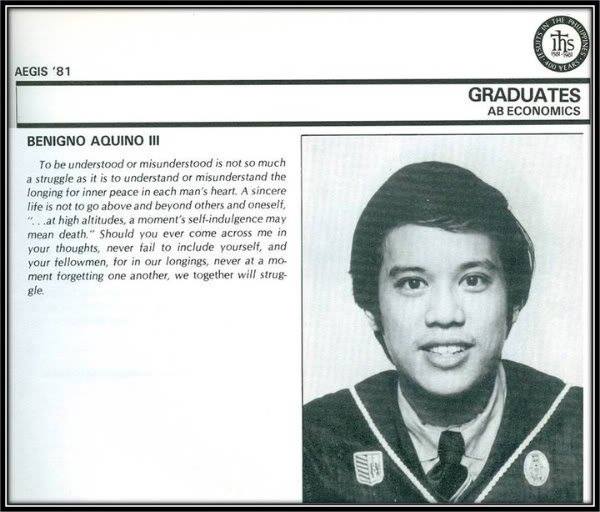Earth Hour 2015 has just concluded. For one hour, from 8:30 PM to 9:30 PM, people all over the world were encouraged to turn off their non-essential electric lights as a symbol for their commitment to the environment, particularly in combating climate change. My family chose to turn off everything: lights, electric fans, etc. Our kids were thrilled to see our humble apartment unit lit up only with candles because it’s not every day (or every night for that matter) that they get to experience a modicum of flickering light in the darkness.
Moments after turning off the lights, I looked out the door and saw that our neighbors’ houses were still all lit up. I was amused to find out how apathetic our neighborhood was toward calls for environmental activism. Either that, or me and my family were simply well-informed (one concerned neighbor even rushed to check us out to see why we were in the dark), not to mention very engaged in environmental issues. We are indeed true blue netizens after all.
We haven’t had our dinner yet when the time to turn off the lights was about to begin because Krystal and I arrived late (I always had to fetch my daughter in San Pedro Macati from her Saturday flamenco class). There was no other choice but to eat our dinner in a romantic candlelight setting with dancing shadows all around us. And one good thing led to another because Yeyette had time to reminisce and share to us her childhood memories in her idyllic hometown of Abra de Ilog in Mindoro Occidental.
During her youth, Abra de Ilog had no electricity. The municipality began to receive electric power only in 1987. So that means that she and her family endured many years of gas-lamp-lit evenings. But those were happy nights spent with her beloved grandparents —both deceased— and sister (their Caviteño father was a traveling DAR officer while their young mother was still finishing her studies in Batangas City). As do most of their town mates, they ate their supper quite early: between 6:00 PM and 7:00 PM. Those were usually hearty dinners because their grandfather was a happy farming fellow and their grandmother was the loudest at the dinner table. They all shared stories about what had transpired during the day, about what Yeyette and her sister Kathleen did in school, how their Tatay Baríng’s farm was doing, how their friends and neighbors were faring, etc. Occasionally, they frighten each other with ghost and asuáng stories to complement the cold air (much of Abra de Ilog is forested). Amidst all the happy talk, shadows produced by the gas lamp at the table and candles in other parts of the house were dancing all around, the shrilling calls of the cicadas outside was an orchestra, and the occasional tokay gecko (tucô) blurts out its nocturnal croaking.
My wife’s family did not immediately go to sleep after dinner. They still had time to enjoy the cool forest breeze coming from the mountains in front of their ancestral home. They enjoyed chatting with neighbors. And sometimes, Yeyette and her sister played patintero with their friends. The best part of all those peaceful evenings is when they gaze upwards to the sky lit up with countless stars, their población‘s only source of light.
My wife had an awesome childhood. And I always remind her of that. Our children never got to enjoy such moments because we’re now living in a different part of the country where it’s highly urbanized. Heavy fumes from vehicles and factories shield our view of God’s marvelous starlit sky. Earth Hour reminds all of us to value not only our environment but also to remember and cherish the simplicity of bygone days.
















